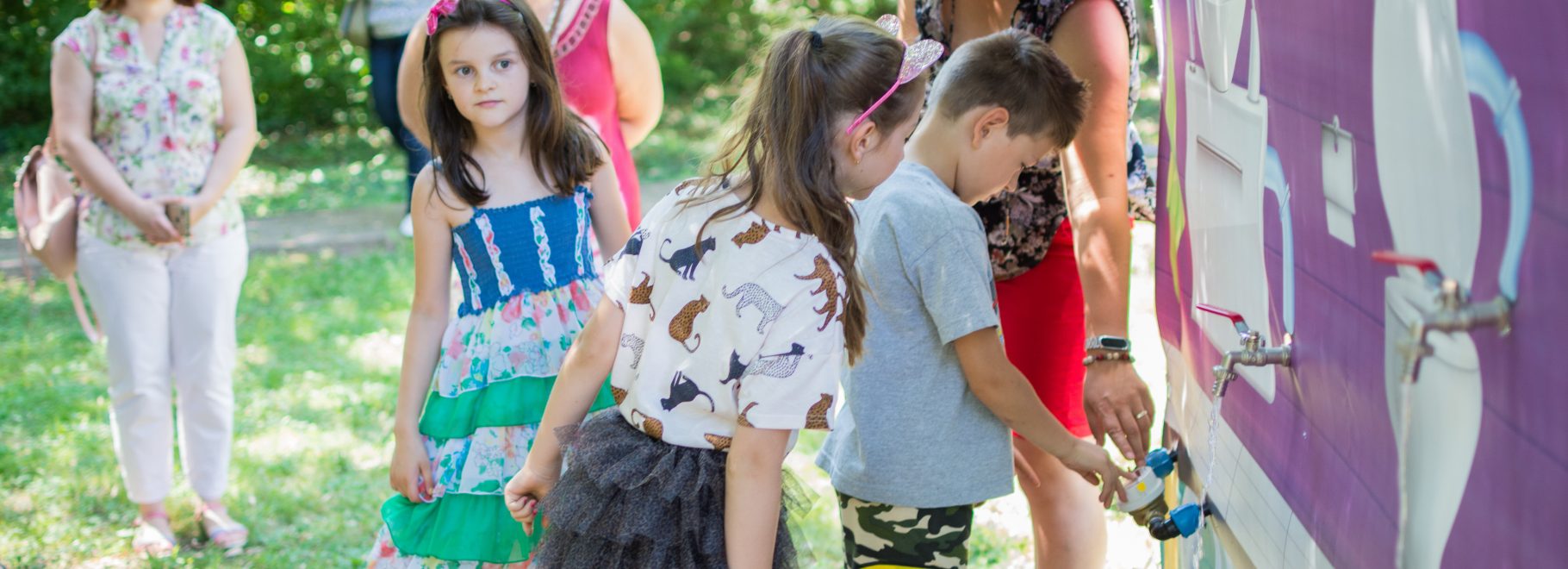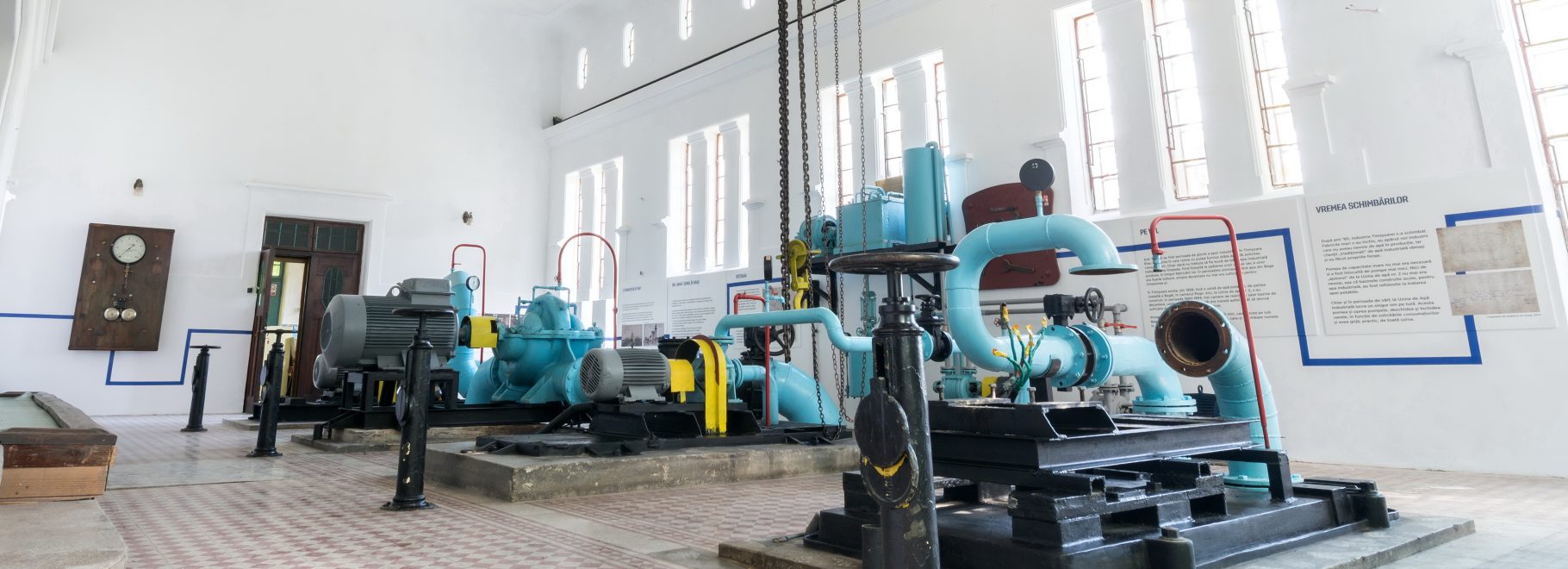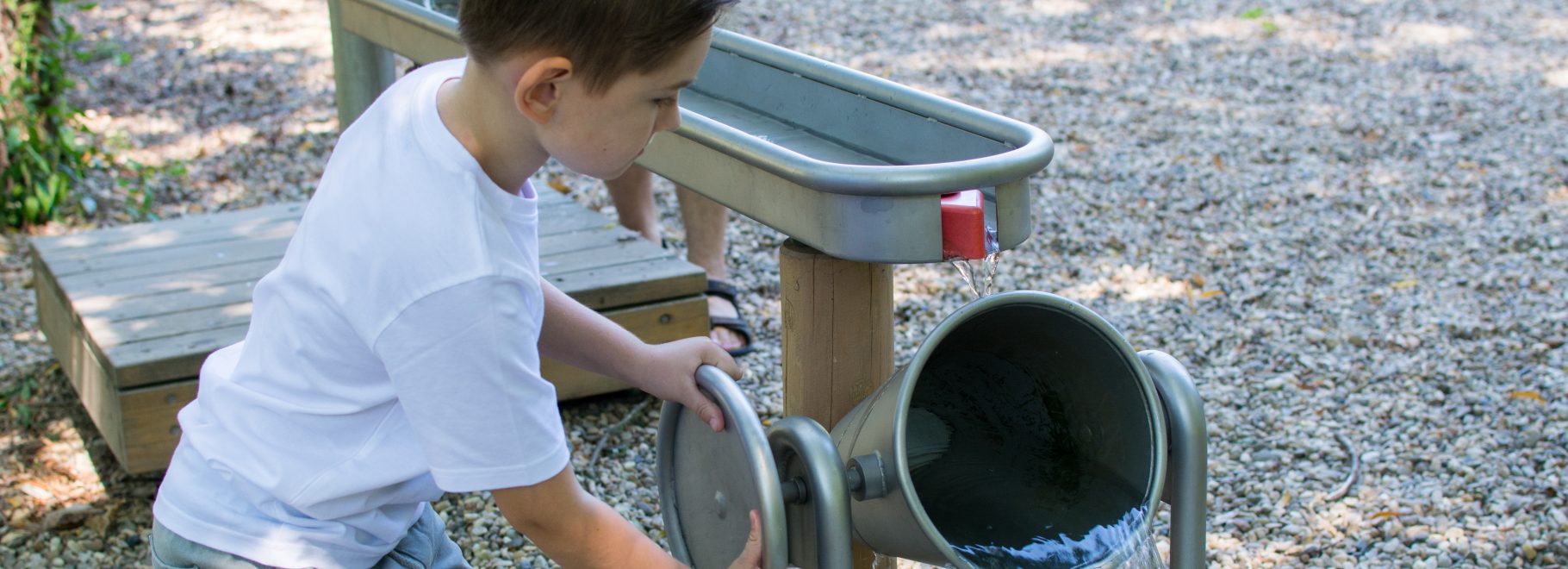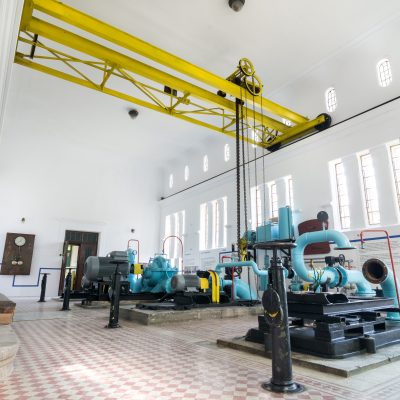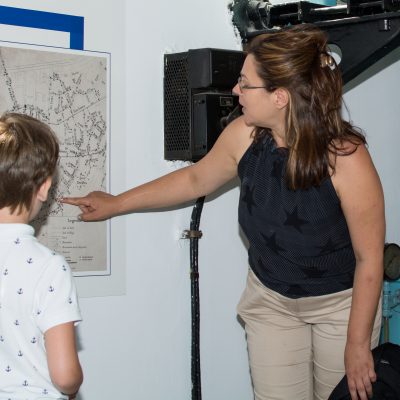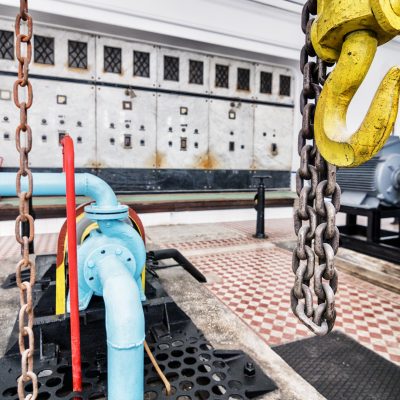The forgotten (hi)story of the industrial water in Timisoara is now unveiled, in this beautiful turn of the century heritage building. The former Industrial Water Treatment Plant, commissioned in 1916 and closed down in 2007 is open for visiting.
Take a deep breath upon entering the Machine Room and immerse into the past. Learn about the Austro-Hungarian heritage, the golden age of the city and its technical premieres, about the good and less fortunate times of the plant, its first and last customers. Discover the stories of water and the remarkable people who shaped the city and marked its road to the future, among which Laszlo Szekely, chief architect and Stan Vidrighin, founder of the modern water systems of Timisoara.
The plant equipment (pumps, engines, valves etc) is still in place and the old logs are available, so our visitors can literally touch history. The visitors who join our organized tours can discover important clues about the plant in a treasure-hunt game.
For those with an eye for detail, the building is a beautiful representation of industrial Art-Nouveau style that kept some of its original finishes in walls and floors.
Last, but not least, young visitors can find out interesting things about water and environment, at Aquapic, the open air educational center built at the premises. The center offers free learn&play environmental education activities for groups of children accompanied by adults and practically brought the plant back to life.


